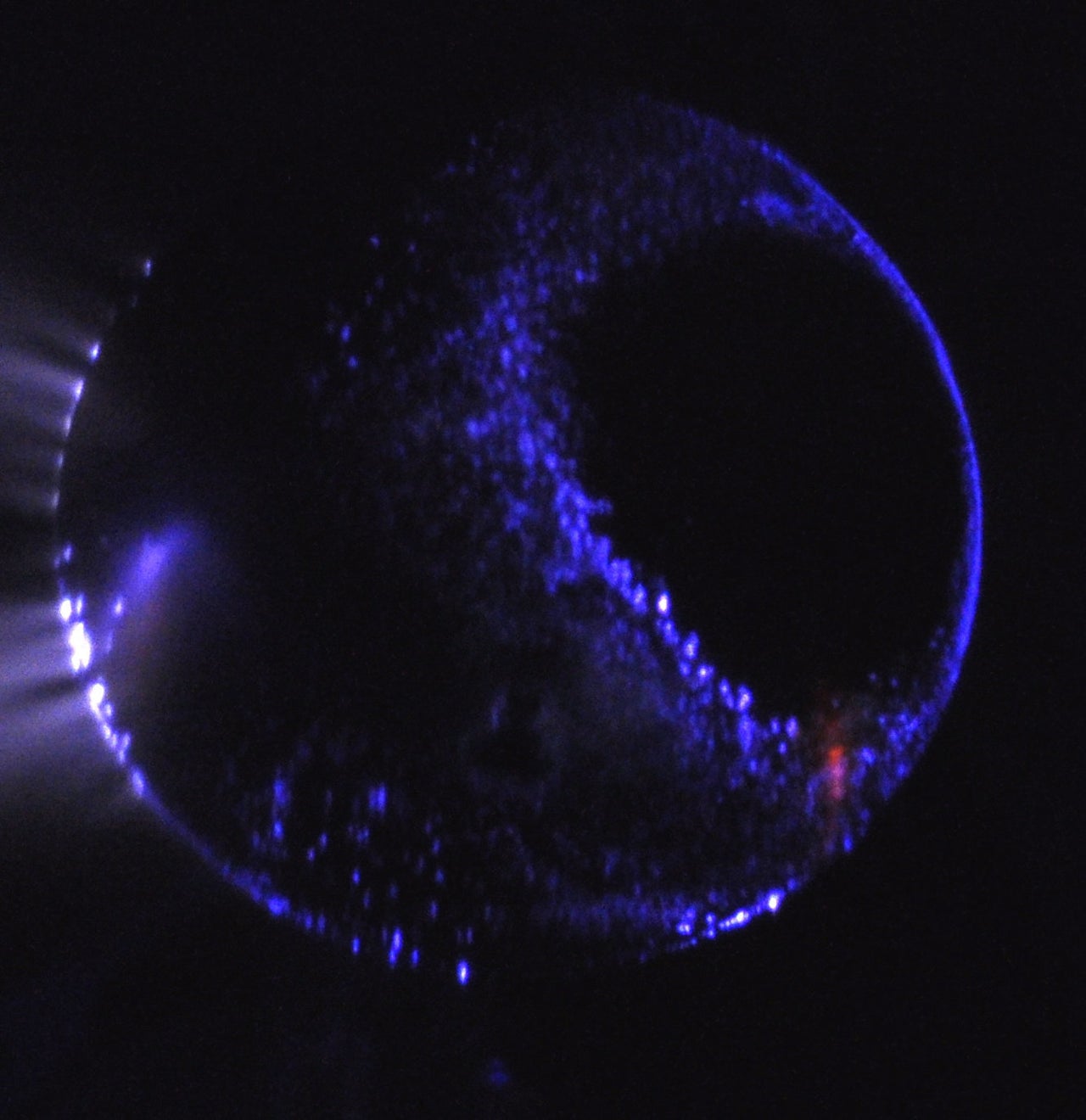NASA's Hubble telescope has captured what might be one of the most stunning images of Mars we've ever seen.
It reveals a red planet as we've never seen it before - a dynamic seasonal planet from Mars' frosty polar ice caps to its stunning cloud coverage.
While we so often think of Mars as a dead, rust-coloured rock floating through space Hubble has perfectly captured just how alive our neighbour really is.
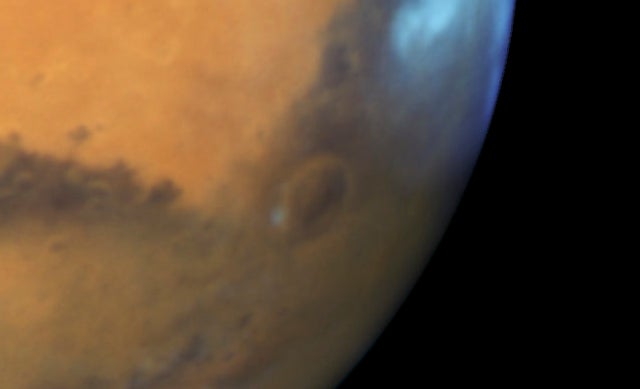
That large dark circle on the bottom left is Hella Planitia basin, a titanic asteroid crater measuring 1,100 miles across and five miles deep it's unlike anything we have on Earth.
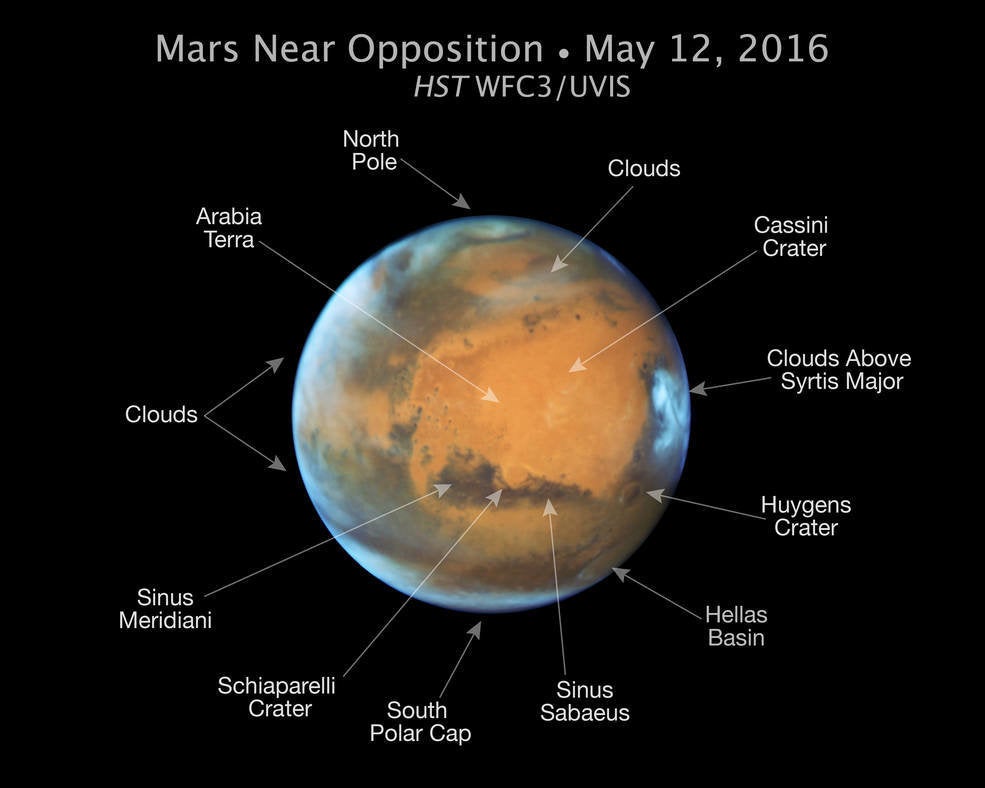
At the top you can see Mars' polar ice cap, a small white circle that dominates both the north and south of the planet.
Cloud coverage is surprisingly extensive, and it's not something many of us will have associated with Mars.
In Hubble's portrait we can see and extensive blanket of early morning clouds blanketing thousands of miles across Mars' western hemisphere.
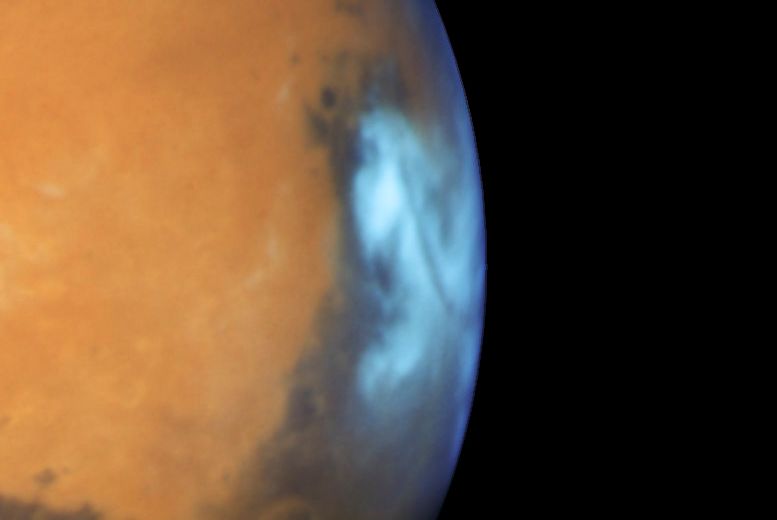
On the right you can see a highly concentrated collection of weather activity hovering above Syrtis Major Planitia, a huge ancient inactive shield volcano.
While this is one of the most impressive images we've seen of Mars, NASA has actually done a surprisingly good job of helping us push past our assumptions of the red planet.
Curiosity rover captured this haunting image of what a sunset looks like on Mars revealing its hazy atmosphere and questioning our assumptions on what the surface of an alien world looks like.
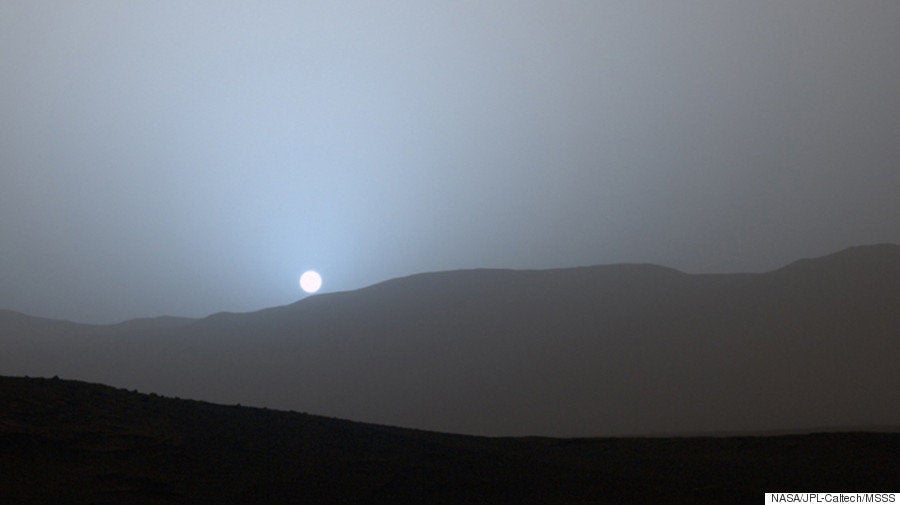
Meanwhile scientist at Caltech have been hard at work trying to understand Mars' magnetic properties.
It turns out that along with the clouds, and the hazy sunsets, Mars actually has its own stunning version of the Northern Lights.
This astonishing image shows just how incredible it would look were we to one day stand on the surface.
